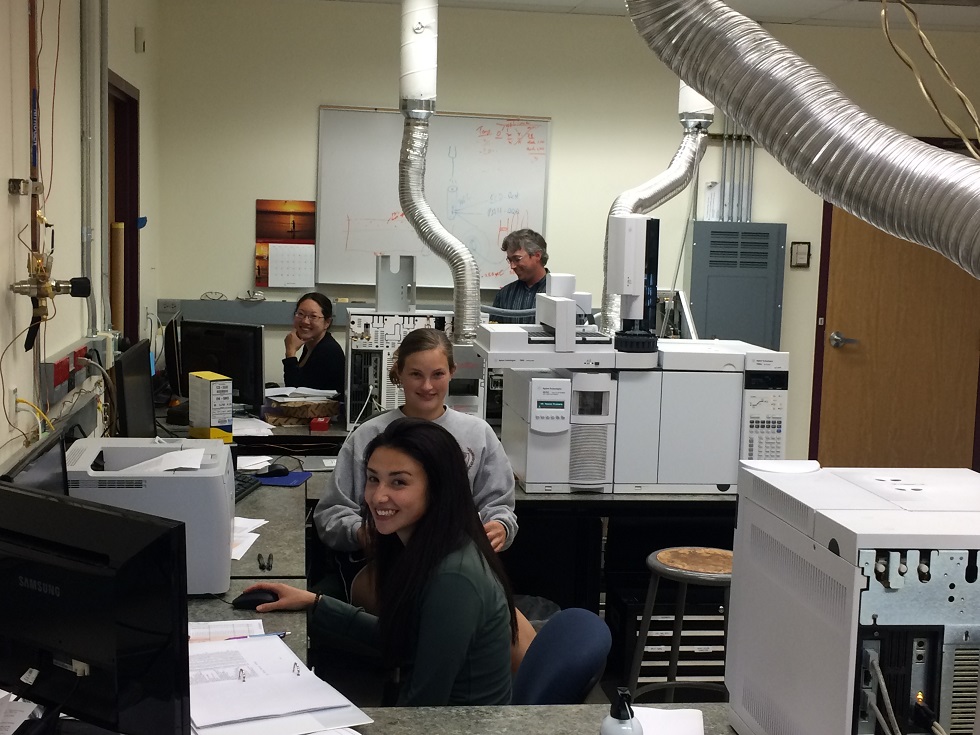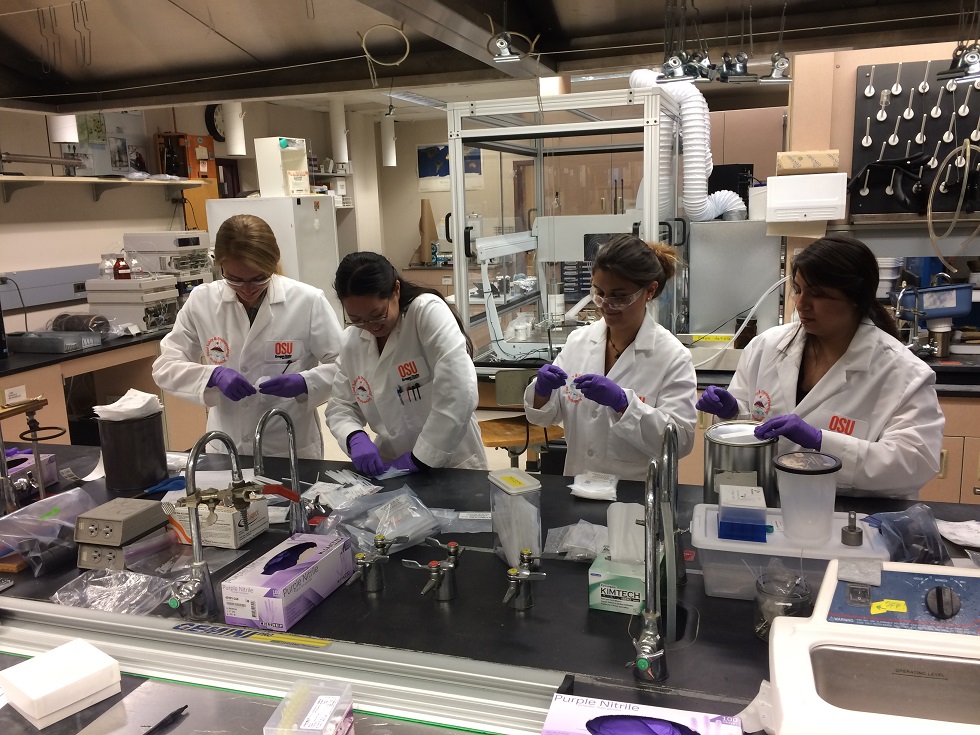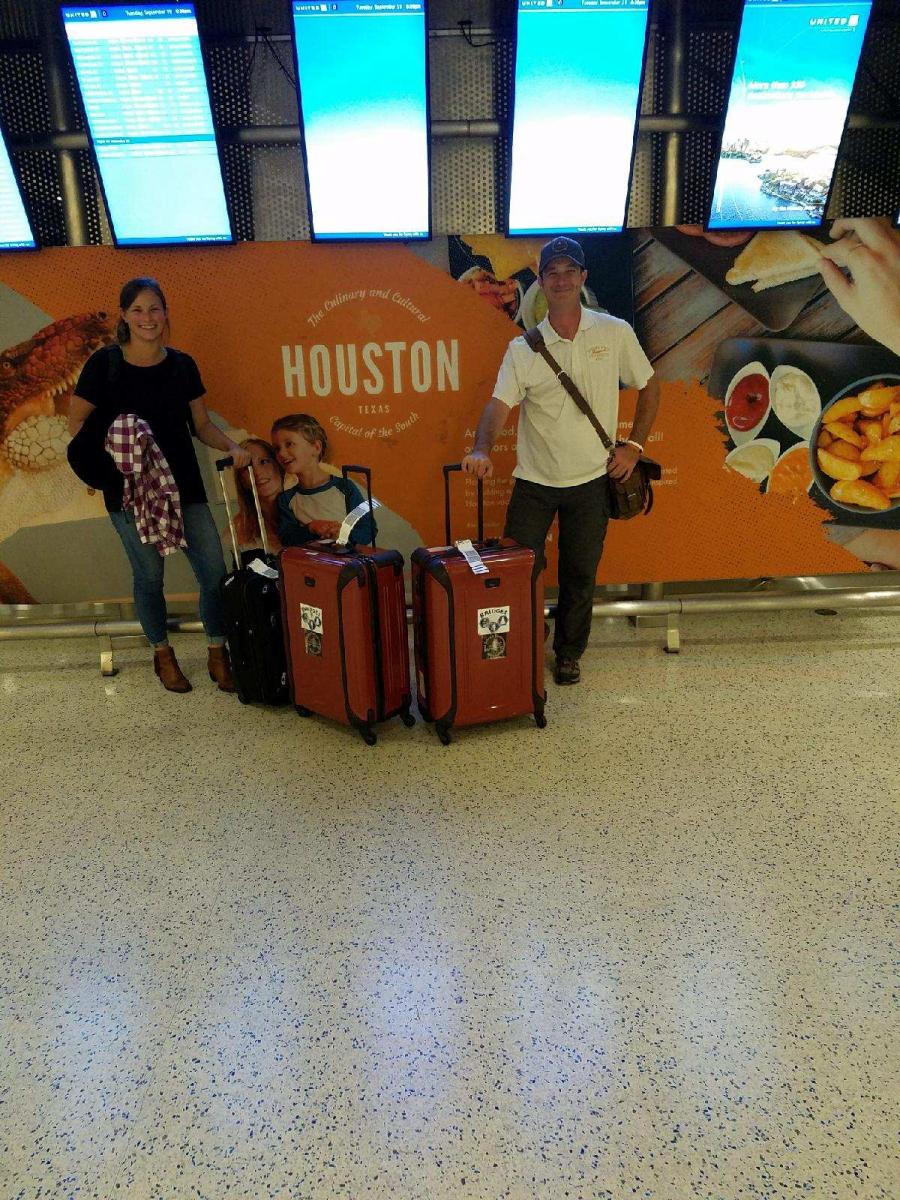
On August 23, tropical-storm Harvey gathers strength off the coast of Texas and evacuations from coastal islands begin. As the storm continues to build, voluntary evacuation orders are expanded to low-lying areas. By Friday August 25th, Harvey has strengthened to a category 4 hurricane with sustained winds in excess of 130 mph. Coupled with the high winds are extraordinary rainfall amounts, with some areas reporting as much as 27" of rain in a single day. As Harvey slowly travels across the region, catastrophic flooding continues in southeastern Texas and extends southwestern Louisiana. By the time the National Hurricane Center ceases tracking Harvey on August 31 greater than 50" of rain have fallen on the greater Houston area. In some areas flooding has been exacerbated by the need to open flood-gated reservoirs out of fear of catastrophic levee failure. Thirteen EPA designated Superfund sites were flooded. Millions of pounds of hazardous chemicals were released to the atmosphere as industrial sites came back on line. Fires and explosions occurred at chemical plants in the area, releasing additional contaminants. Small explosions and chemical spills were widespread. State and Federal disaster declarations are in place for more than 50 counties.


Within days of Harvey making landfall, researchers associated with the Food Safety and Environmental Stewardship (FSES) group at Oregon State University were reaching out to colleagues in the Houston area. Collaborative research efforts were quickly established with Baylor College of Medicine, UTHealth-School of Public Health and Texas A & M in partnership with a broad group of community activists and organizers. On September 19th, FSES research staff flew to Houston with training materials and wristband samplers to begin the scientific effort.
